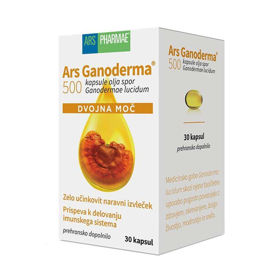Customer question:
How to recognize skin cancer? Anonymous customer's question
Pharmacist's answer:
Recognizing skin cancer requires regular monitoring of the skin and knowledge of signs that may indicate possible changes.
It is essential to be aware of your body and watch for any new or unusual changes in your skin.

Here are some key signs that may indicate skin cancer:
- half of a sign is not equal to the other half
- the mark has several colors or different shades
- color change in existing sign
- the mark gets more prominent over time
- itching, burning, or pain in or around the mark
- rapidly changing shape, size, or color of the mark
- a wound that does not heal or opens regularly
- flaking, peeling, or bleeding
- appearance of new signs
- a mark in an unusual or rare location
If you notice any of the above signs or are concerned about skin changes, you must seek professional advice as soon as possible. A doctor or dermatologist can perform a comprehensive examination and, if necessary, perform a biopsy to check for possible skin cancer.
In addition, it is essential to perform regular skin self-assessments and see a dermatologist for regular checkups, especially if risk factors such as fair skin, frequent sunburns, or a family history of skin cancer are visible. Early skin cancer detection and treatment significantly increase the chances of a successful recovery.
How do we recognize the difference between skin cancer and birthmark?
Skin cancer and birthmarks (nevi) can be visually similar, but some key signs help distinguish between them. It is essential to observe skin changes and be aware of which signs may be worrisome. Here are some factors that can help distinguish between skin cancer and nevi:
Mother's sign:
- birthmarks are usually uniform in shape and color
- they are usually small and have clearly defined edges
- usually remain stable in shape, color, and size over time
- they are often symmetrical, meaning one half is the same as the other half
- sudden onset of itching, bleeding, or pain may be alarming and require examination
Skin cancer:
- skin cancer often increases in size over time
- a sign may show asymmetry where one half is not equal to the other
- irregular, fuzzy, or jagged edges can be alarming signs
- variety of colors or uneven colors, especially if there are changes in an existing mark
- rapid changes in shape, size, or color may indicate skin cancer
- itching, burning, bleeding, or pain may become more apparent over time
If you notice any changes in your skin or have new or unusual signs, consult a dermatologist or doctor. Early skin cancer detection and treatment are crucial for a successful treatment outcome.
Interesting reading: Skin cancer symptoms













